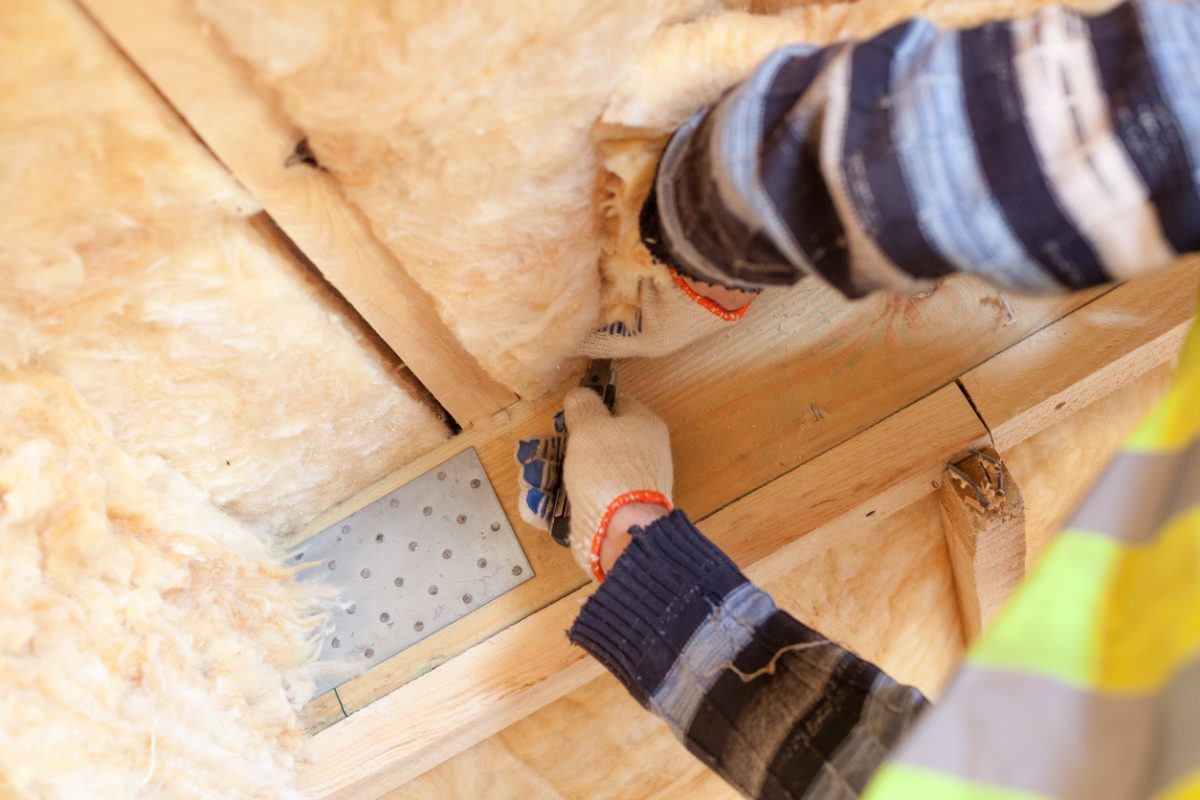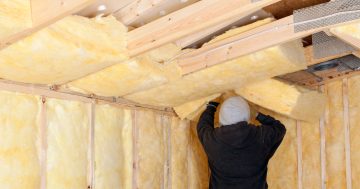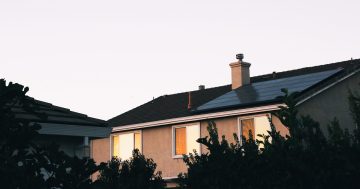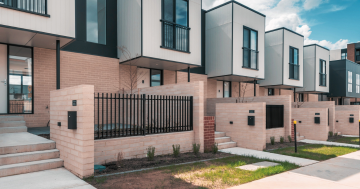
Manager of Civium Residential Property Management Danielle Gavin. Photo: Liv Cameron.
The 1 April deadline approaches for a new regulation under the Residential Tenancies Act 1997. It requires all rental properties in the ACT to meet a new minimum energy efficiency standard for ceiling insulation.
The phase-in period extends to 30 November 2026, but the first milestone in April means owners need to indicate the ceiling insulation status of their investments.
Manager of Civium Residential Property Management Danielle Gavin said for a contingent of investors, it would be a relatively straight-forward exercise.
“We’re having conversations with our owners at the moment and the first thing we’re asking is whether their property was built after 1997,” she said.
“If built after 1997, the Australian Building Code of the time stated they had to have R2 bats or above installed in their ceilings.
“As long as these properties haven’t undergone any major renovations since, they should already comply. And all that will be required is a copy of the EER (Energy Efficiency Rating) statement or a statutory declaration indicating the type of insulation used.
“We will keep these on file in case owners are audited.”
Properties built before 1997 will require investigation. If found to not meet the minimum standards, owners will need to install R5 insulation bats.
Those owners will have nine months from the start of a new tenancy agreement to get their property up to code.
However the end date of 30 November 2026 applies for all properties to meet this code, regardless of existing tenancy agreements.
Ms Gavin said properties that required an upgrade to R5 bats would have to first undergo an electrical compliance check to ensure it also met the electrical code for the new insulation.
“[Home insulation company] Alexander Watson indicated the cost could be anywhere between $2500 and $6000 for a 100 sqm home, not including any electrical work that might need to be conducted,” she said.
“The report itself costs $330 and would confirm whether the property requires the upgrade or not. So you would do this before going to the next stage and getting your electrical report. Alexander Watson could also provide this at a cost of $220, which would be absorbed back into the approved quote.”

All Canberra rental properties will be required to meet minimum standards for ceiling insulation by 30 November 2026. Photo: Brizmaker / iStock.
Ms Gavin said there were pros and cons to the legislation.
“It could be a significant outlay for investors. Most of our Canberra investors are not developers with multi-million dollar property portfolios. Many are mum and dad investors who have purchased a property to assist with their retirement plans,” she said.
“At the same time a lot of the older housing in Canberra can be a bit medieval, and not built for our extreme weather. The government’s hope is that not only will this benefit the environment, but tenants will save on energy bills and be more comfortable. And we generally find that happy tenants are good tenants and make for happy owners.
“Realistically however, while this is a step in the right direction in terms of better EERs, there are a huge number of factors contributing to loss of heating in housing. So the concern for investors is – what if this is just the beginning and the government imposes more changes on landlords?
“If you then have landlords raising rent or selling off rental properties because it’s no longer a good investment, it puts further pressure on a rental market that’s already stretched.”
Ms Gavin advised investors who might be struggling with the outlays to explore the ACT Government’s Sustainable Household Scheme, which offered interest-free loans of up to $15,000 over 10 years.
“It’s all part of the government’s aim to move away from gas to more sustainable solutions, and is a great incentive if the owner is eligible,” she said.
“This is all part of the discussions we’re having with clients. The property management team is always happy to help, so anyone with questions is welcome to reach out.”
For more information about new minimum energy efficiency standards for rental homes and how they affect you, contact Civium.
















